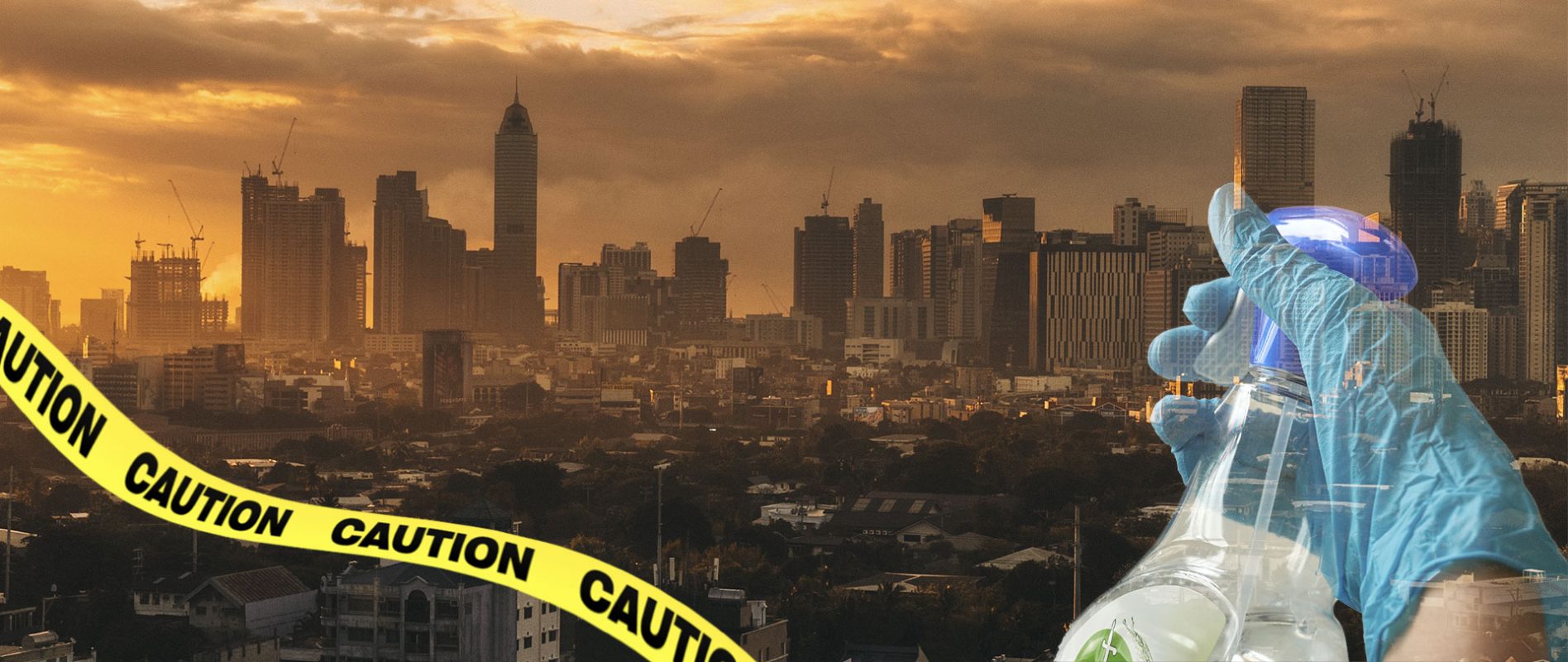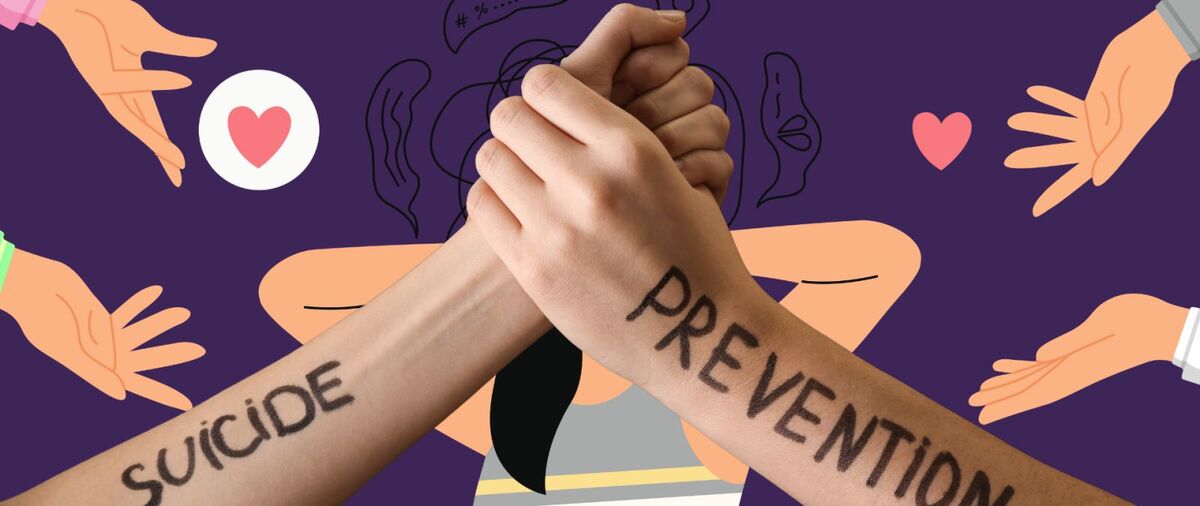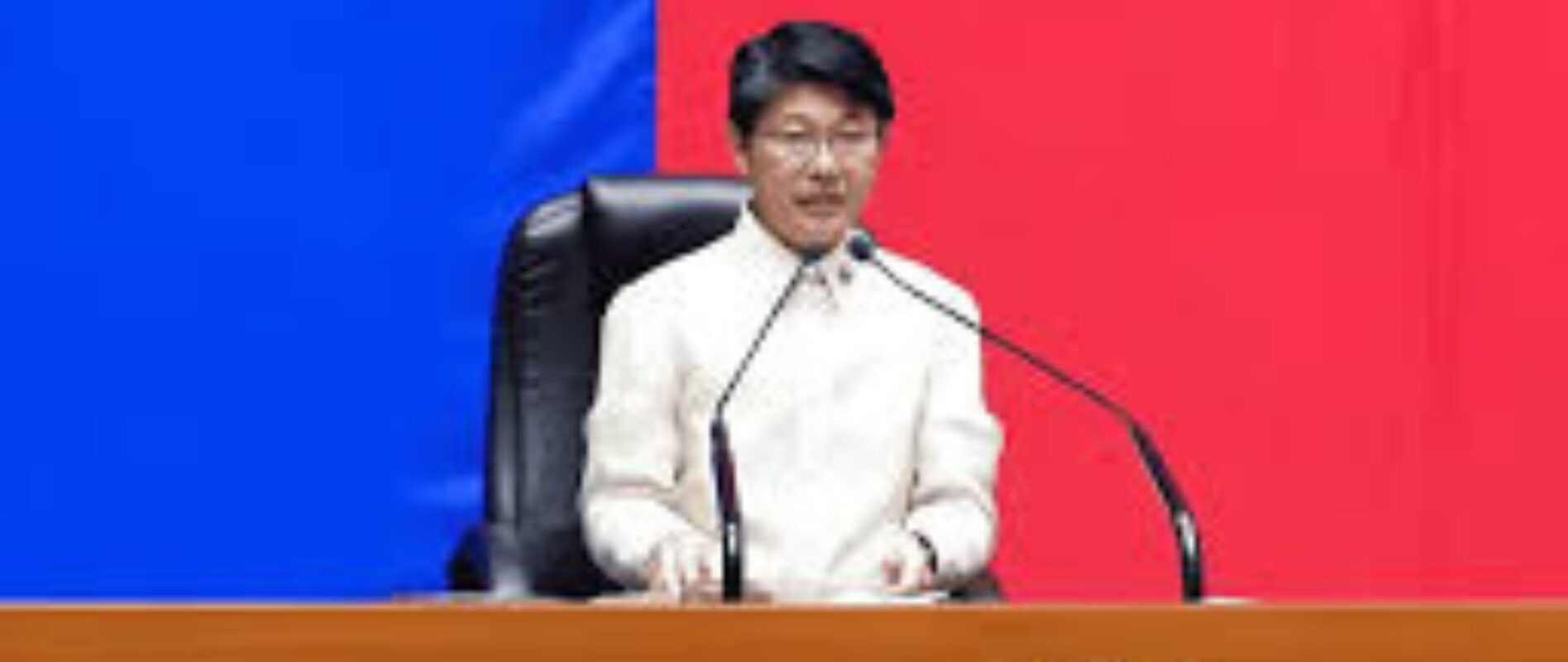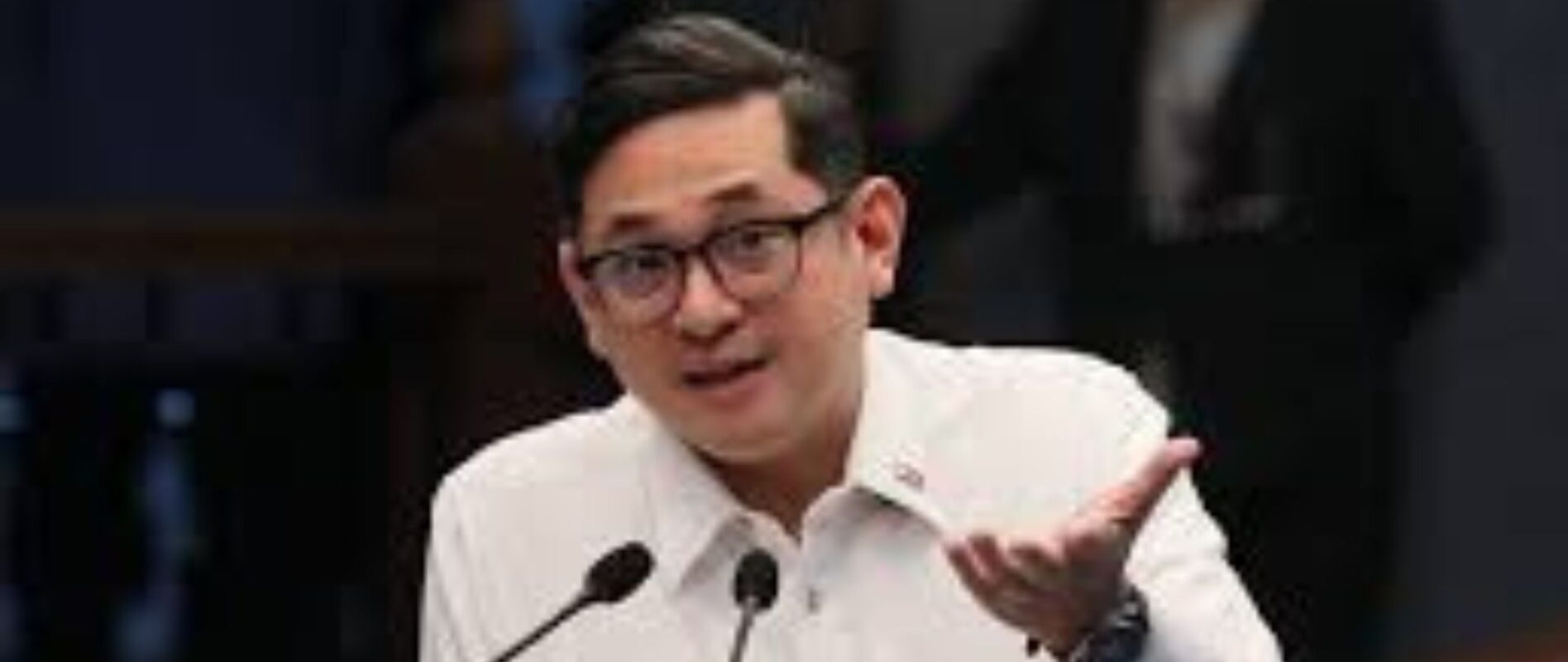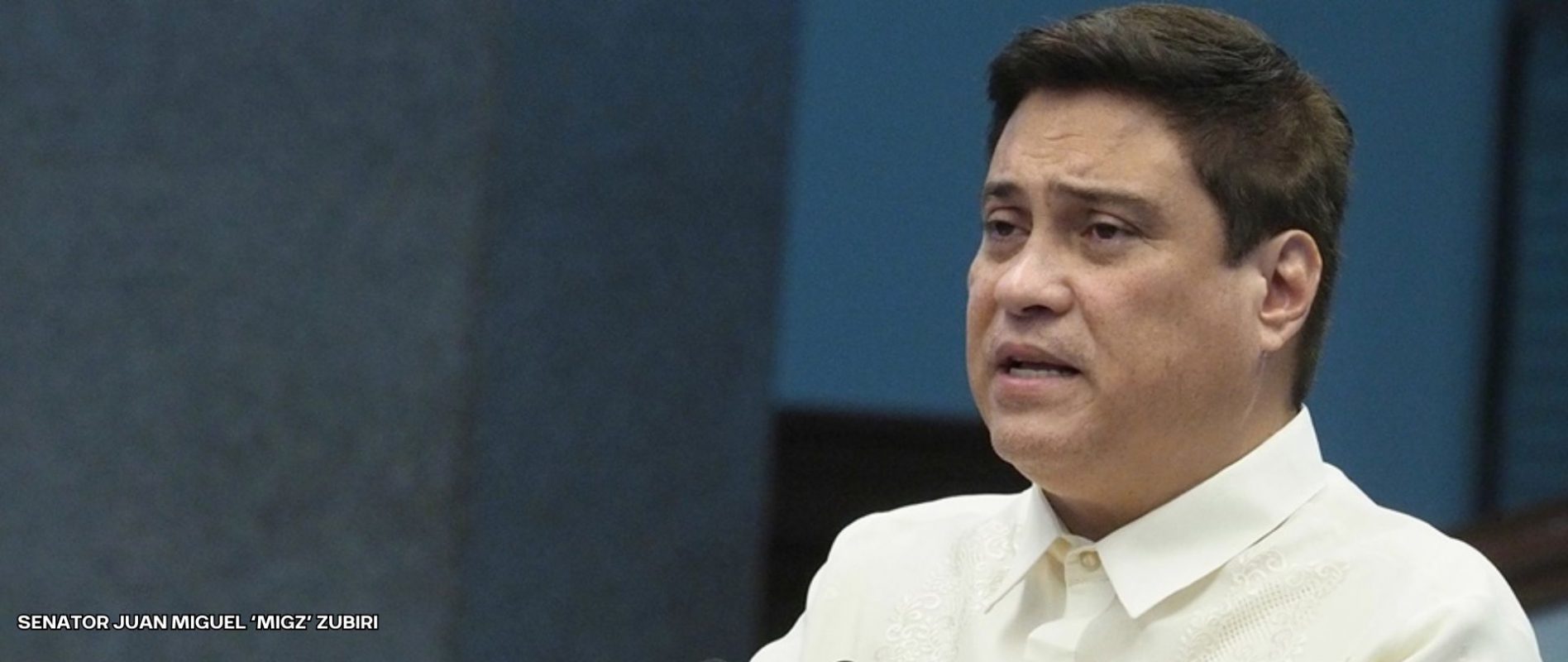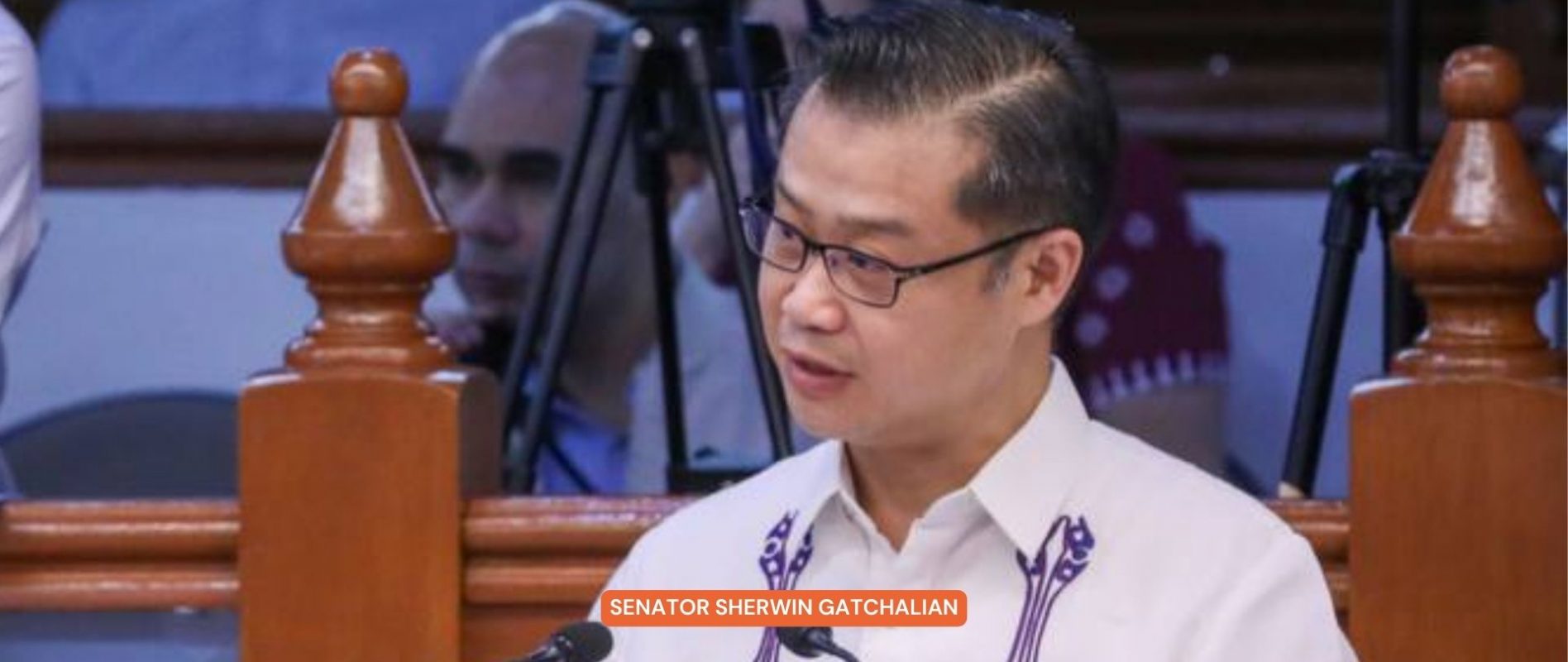METRO MANILA AND FRIENDS: A QUICK REMINDER AS WE ENTER GCQ SEASON 2
After a strict two-week lockdown across Metro Manila, Bulacan, Cavite, Laguna and Rizal, the President declared that restrictions are to be eased in these provinces and put back under general community quarantine (GCQ) protocols from August 19-31, to prevent the collapse of the local economy.
Late Monday evening on August 17, President Rodrigo Duterte addressed the nation with the latest on his administration’s plans to alleviate the impact of COVID-19 to the country, specifically on economic stability and the public’s overall welfare. After a strict two-week lockdown across Metro Manila, Bulacan, Cavite, Laguna and Rizal in response to the rallying cry waged by the healthcare workers, the President declared that the reimposed restrictions are to be eased in these provinces and put back under general community quarantine (GCQ) protocols from August 19-31, to prevent the collapse of the local economy.
This recommendation came from the Inter-Agency Task Force, according to Presidential spokesperson Harry Roque, as he stated that GCQ allows nearly all industries to reopen, restaurants to bring back dine-in operations, and religious activities to resume at 30% capacity. Social distancing will still be strictly monitored and practiced, and senior citizens, as well as those below 21 years old, pregnant women, and those with other health risks, are required to stay at home unless they are in special need of essential goods and services. Other protocols that will be reinstated are public transportation, GCQ from GCQ travel, skeletal workforce in offices, and restricted gatherings of up to 10 people.
The aforementioned areas now join Nueva Ecija, Batangas, Quezon, Iloilo City, Cebu City, Lapu Lapu City, Mandaue City, Talisay City, Municipality of Minglanilla (Cebu), and Municipality of Consolacion (Cebu) under these restrictions, as the rest of the country is placed under modified GCQ, the most “close to normal” form of quarantine.
Despite the rising alarm on employment, education, and economic implications brought about by the varying levels of lockdown throughout the months, the responses to this announcement have been mixed with confusion on whether or not this is good news in the face of the rapid spread of the virus.
In fact, just on the day of the President’s declaration, the Department of Health reported 3,314 new cases to the total of 164,474 and 49,034 active cases. Majority of these numbers come from Metro Manila, which has also been labelled as the epicenter of the virus in the Philippines.
Naturally, Filipinos are craving for a sense of normalcy and to return to pre-quarantine daily life — but with the continued escalation of new coronavirus cases, and the lackluster plans from those we look to for leadership, at what cost would we have to give for it?

